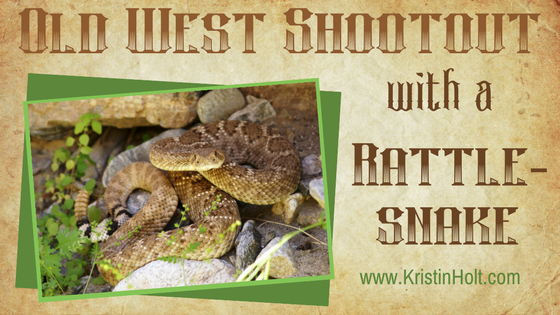
Old West Shootout–with a Rattlesnake
A vintage newspaper article from 1897 retells the harrowing experience of Sharkey, owner of the Copper Queen Mine outside Salmon, Idaho–a shootout, Old-West style–between himself and a 6-foot rattler.

A vintage newspaper article from 1897 retells the harrowing experience of Sharkey, owner of the Copper Queen Mine outside Salmon, Idaho–a shootout, Old-West style–between himself and a 6-foot rattler.
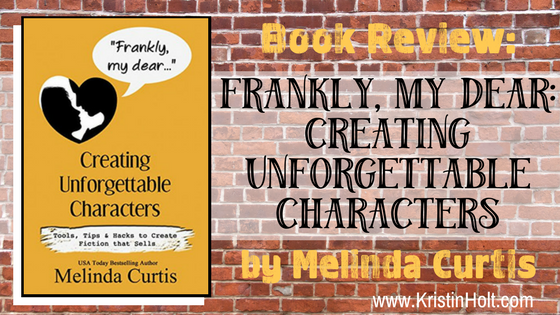
My book review of Melinda Curtis’s new title for writers, Frankly My Dear: Creating Unforgettable Characters. This “craft” book on the art of fiction is a unique approach (as far as I’m aware), steeped in current psychology, to instruct, inform, and enable novelists to create believable, unforgettable, and consistent characters whose reactions to conflict ring true to readers. 5 stars!
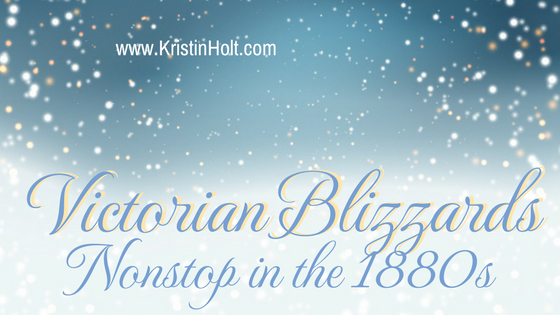
The decade of the 1880s proved among the most disastrous, desperate, life-threatening (and life-taking)–as winter in North America was at an extreme, the whole decade long. Climatologists have theories we understand today, but were unknown to our Victorian American ancestors. If you read a fictional book set in the 1880s, that touches on a mild winter, be surprised. Today, March 11th, is the anniversary of “the big one”.
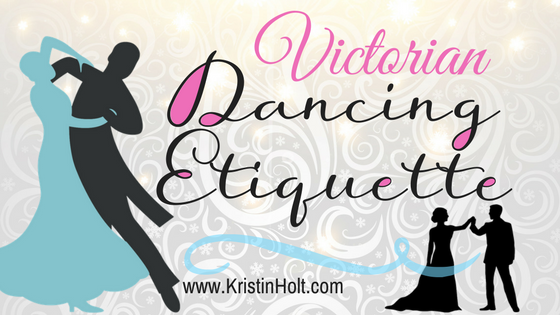
Etiquette governing balls and dances in the American Victorian era seems stuffy, old-fashioned, and strict to 21st century Americans. Every rule of decorum ensured good manners were in play, but most importantly, the moral purity and innocence of young women and young men were maintained. Etiquette governed everything from how a man asked a woman for a dance to how he could properly hold her hand while dancing, to how many dances that pair could have in one evening. This article contains the specifics propriety demanded, and the vintage sources where they may be found. Leap year turned some of the lady’s restrictions upon the men; see the true-to-history newspaper article from 1888 that starred in Sophia’s Leap-Year Courtship.

Really? Did Victorian Americans forbid kissing in public? Was it unreasonable to think the fictional town of Mountain Home, Colorado (the setting of The Gunsmith’s Bride (within GUNSMOKE & GINGHAM)) would have a “no kissing, no PDA” law? In 2017 U.S.A. it’s hard to believe Victorians would be so prudish as to object to public displays of affection–or a little peck. The newspaper articles, snippets from vintage magazines, and decorum advice from the era might leave you speechless… Oh! Read part of a scene where the law breaks up the hero and heroine (The Gunsmith’s Bride) kissing on the street–and threatens 48 hours in jail.
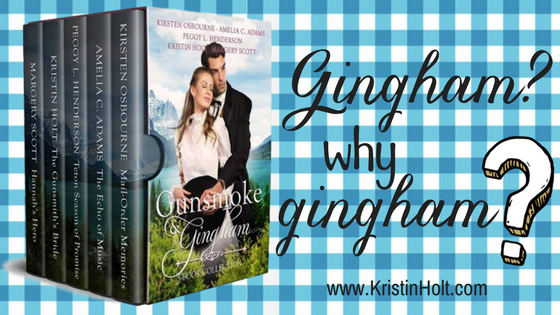
In the 19th century American West, Gingham was more than checked fabric made of cotton–it was also striped. Any woven cotton cloth made of pre-dyed alternating threads (plaid, striped, or checked) was called gingham. Why would pioneers (or frontiersman, or Old West women) select gingham? What made this fabric practical? Why would we name an anthology with Gingham in the title?
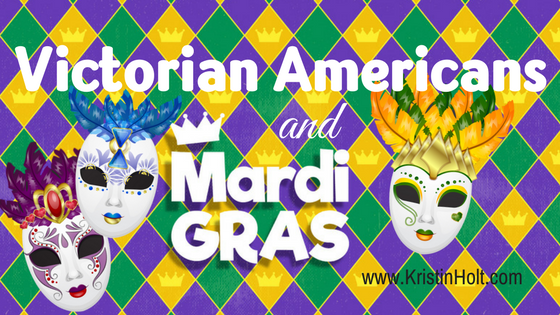
Victorian Americans loved their celebrations, holidays, and reasons to party. Mardi Gras, in North America, has been around since pre-American Revolutionary War. I share tidbits about the background of Mardi Gras, how it was celebrated during the staid and usually straight-laced Victorian era, and some of the challenges present to law enforcement in the latter half of the nineteenth century. Wow! I can only imagine!

Happy “Book Birthday” to Sophia’s Leap-Year Courtship! Brand new release, today, on every major eBook retail site. In celebration, I’m sharing what makes this title so different than other mail-order bride romances, AND a full scene from the middle of the book.
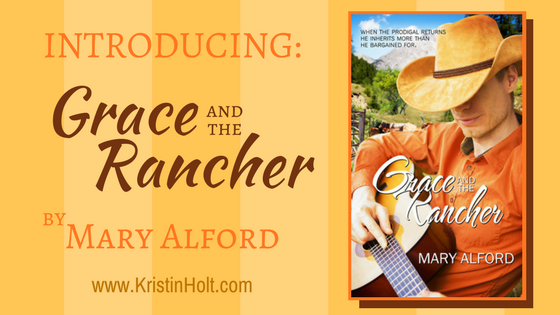
I’m pleased to introduce Mary Alford’s new release, Grace and the Rancher, a Sweet, Contemporary, Christian Romance. This brand-new title is set in the Colorado mountains (my favorite!). See the introduction, presented by Lizzy, the heroine’s golden retriever.

A bicycle built for two plays a role in my new release, Sophia’s Leap-Year Courtship. Such bicycles are romantic–and they’re making a resurgence. I see them in romantic bridal photography, all over Pinterest, and the research for the book showed me just when they were originally “a thing” and how they could fit into this book. Come see!